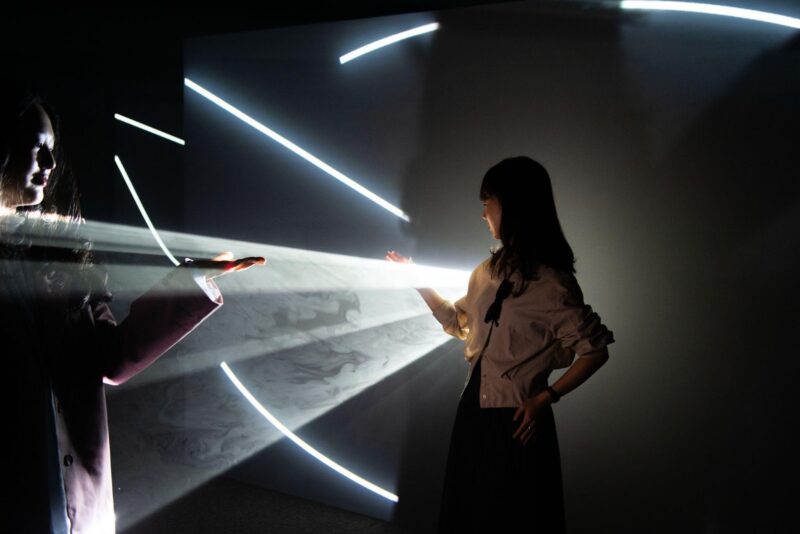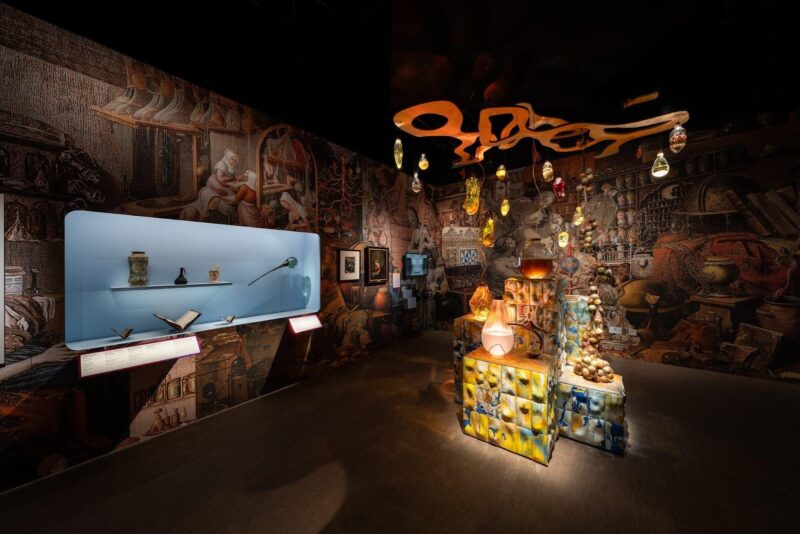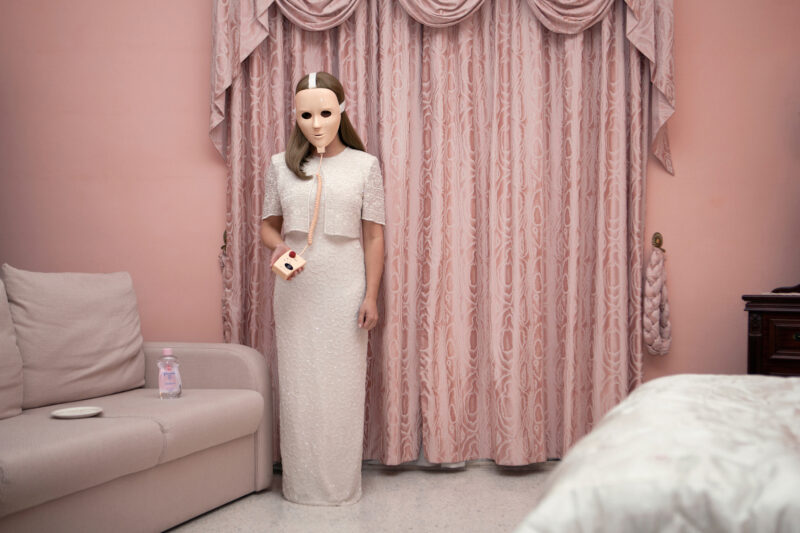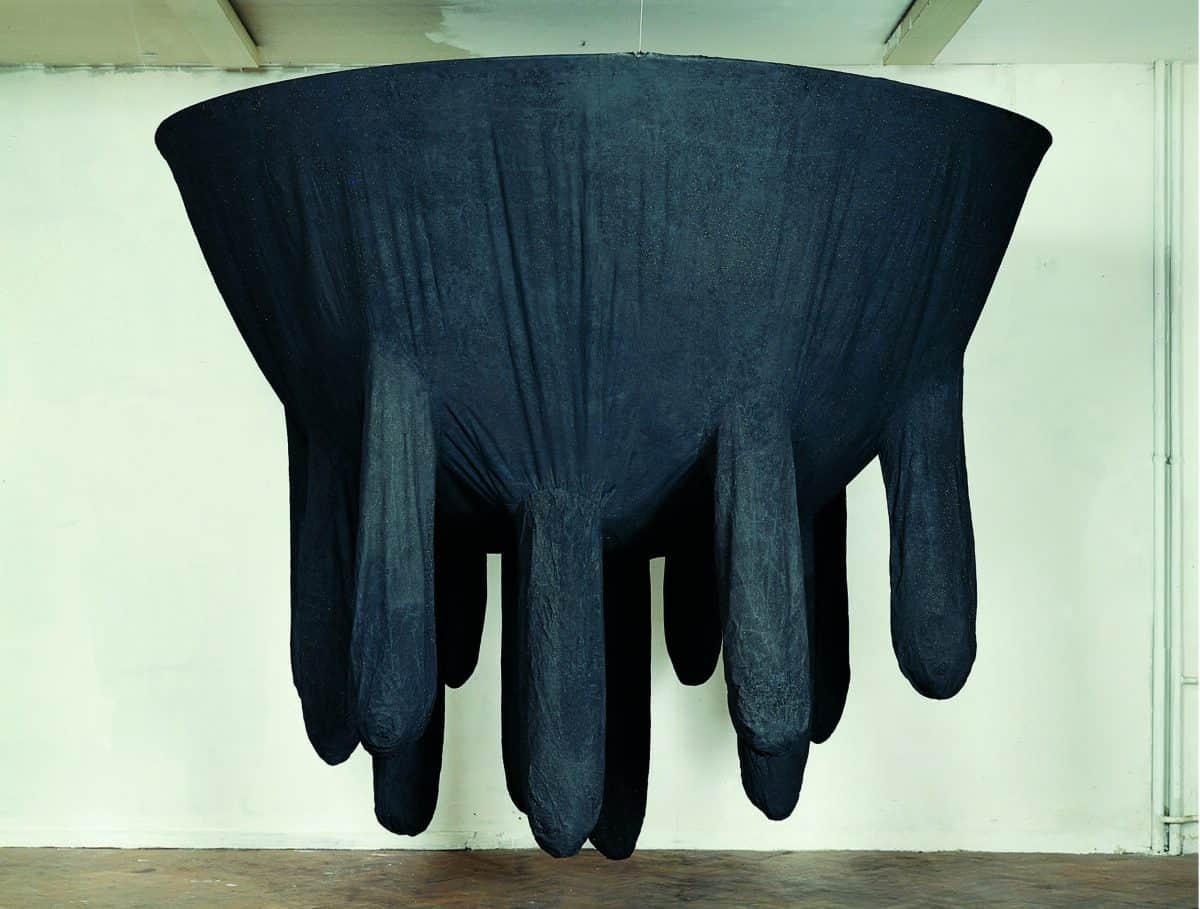
In March 2023, Wellcome Collection, London, UK, will present Milk, a major exhibition dedicated to exploring our relationship with milk – its place in global politics, society & culture. Featuring over 100 items including historical objects, artworks and new commissions, this will be the first museum survey to consider the complexity of this seemingly everyday substance and how it has come to be seen as so central to our perceptions of nutrition and ‘good health.’ It will also consider the consequences of the introduction of scientific principles into farming and motherhood and will ask what the future of milk might look like.

The exhibition will include contemporary objects and artworks by Julia Bornefeld, Sarah Pucill, Hetain Patel, and Lucy + Jorge Orta, amongst others, as well as new commissions by Danielle Dean, Jess Dobkin, and Ilana Harris-Babou. It also features a 2023 iteration of Deeper in the Pyramid, Melanie Jackson and Esther Leslie’s major project exploring milk’s seepage into every aspect of our daily lives.
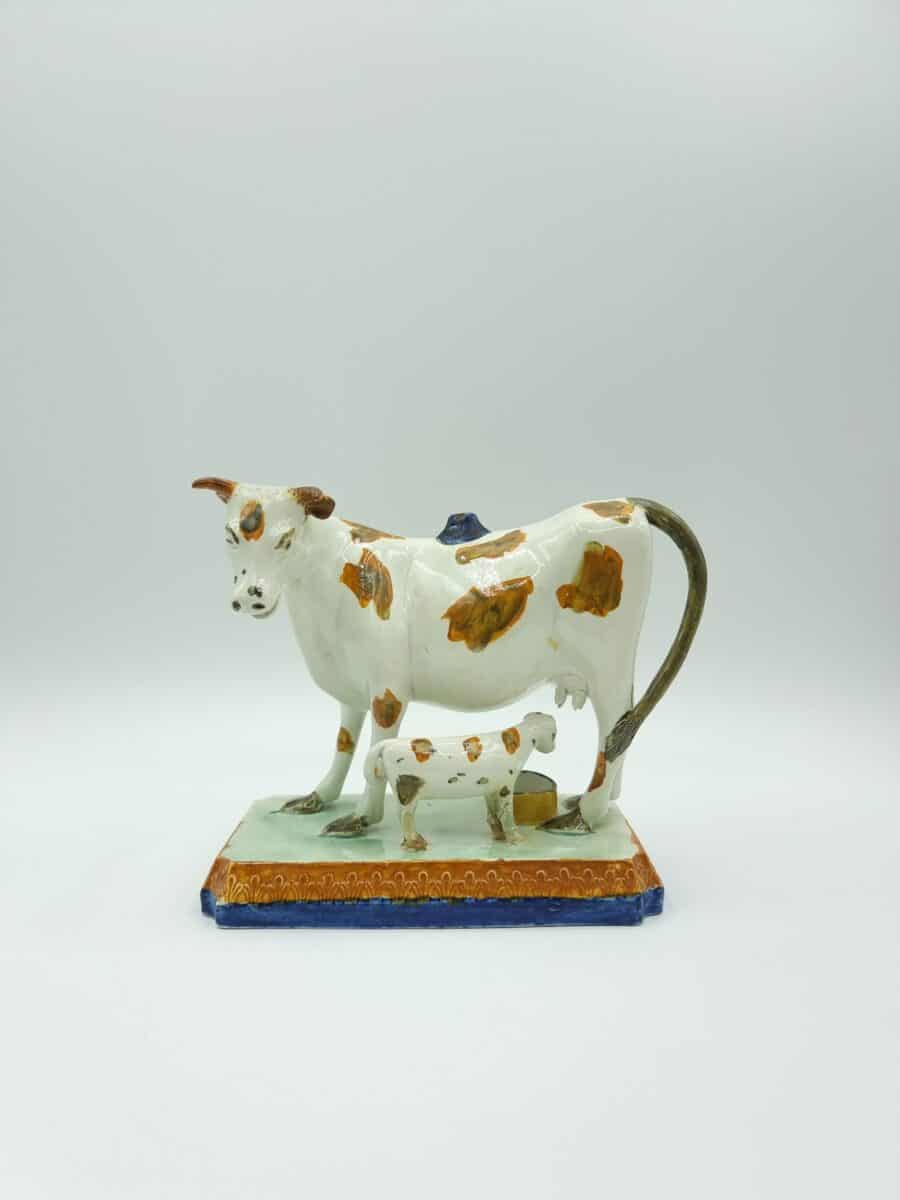
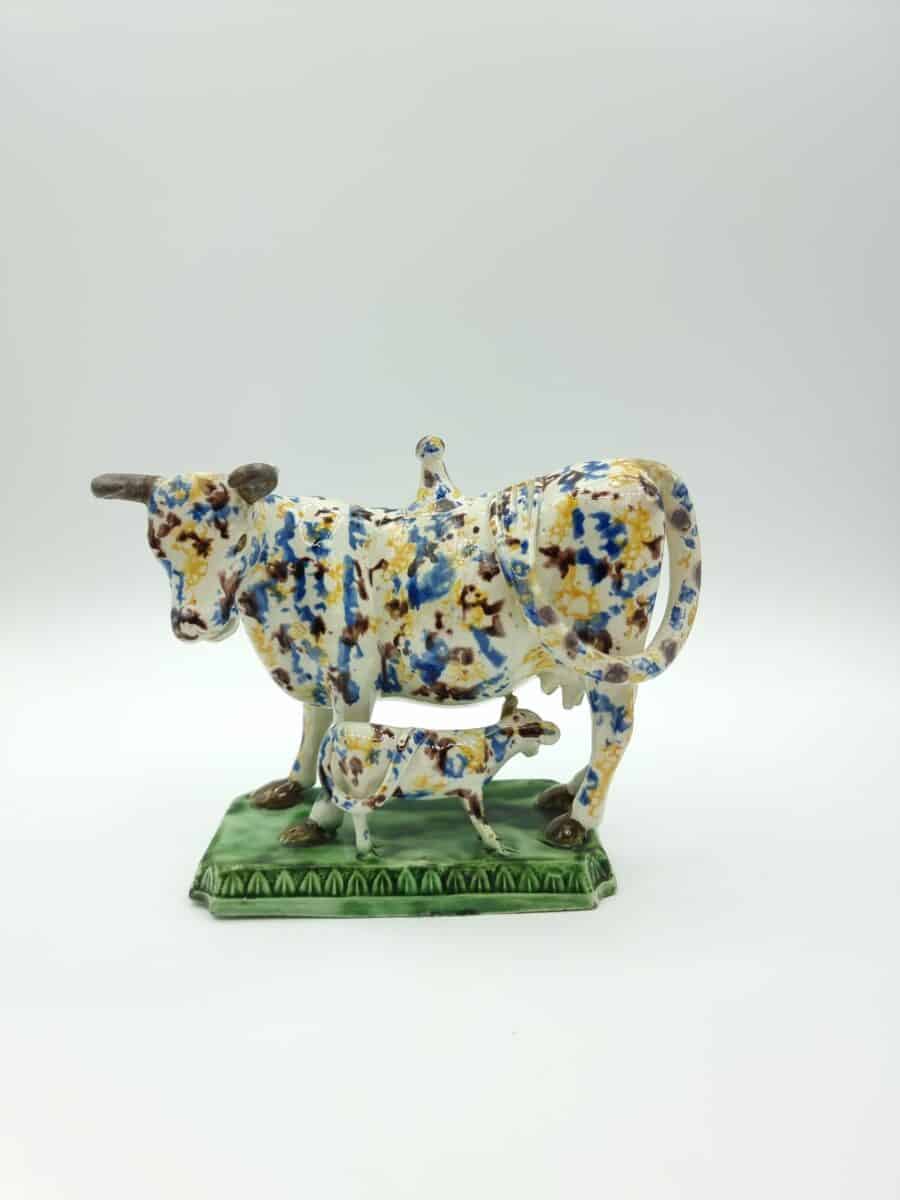
Historical materials will include a terracotta model of a mule carrying cheese from the 3rd or 2nd century BC; a 19th century feeding bottle and a large selection of novelty cow creamers from the same era; 20th century advice booklets for mothers; and milk-related ephemera and marketing from the 1930s to today, including government nutritional campaigns and commercial advertising from the dairy industry. Artworks include Evelyn Mary Dunbar’s oil painting Milking Practice with Artificial Udders (1940).
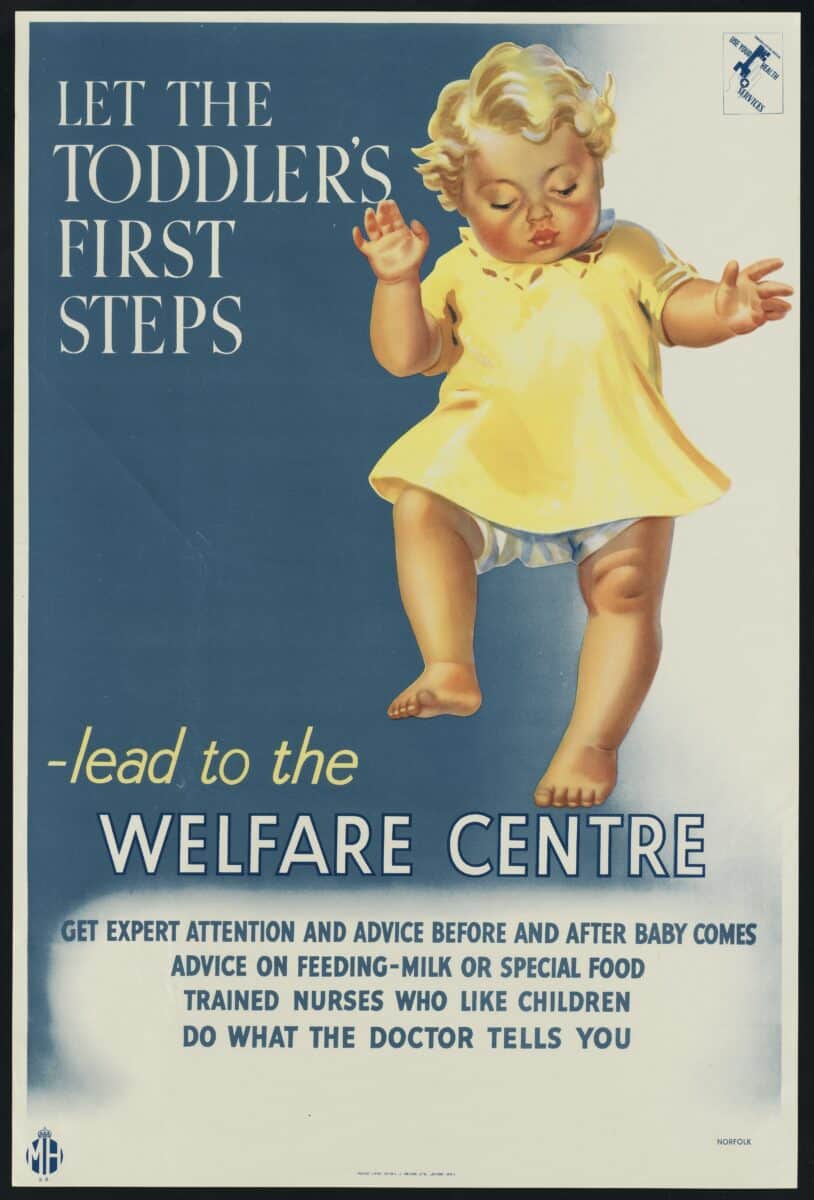
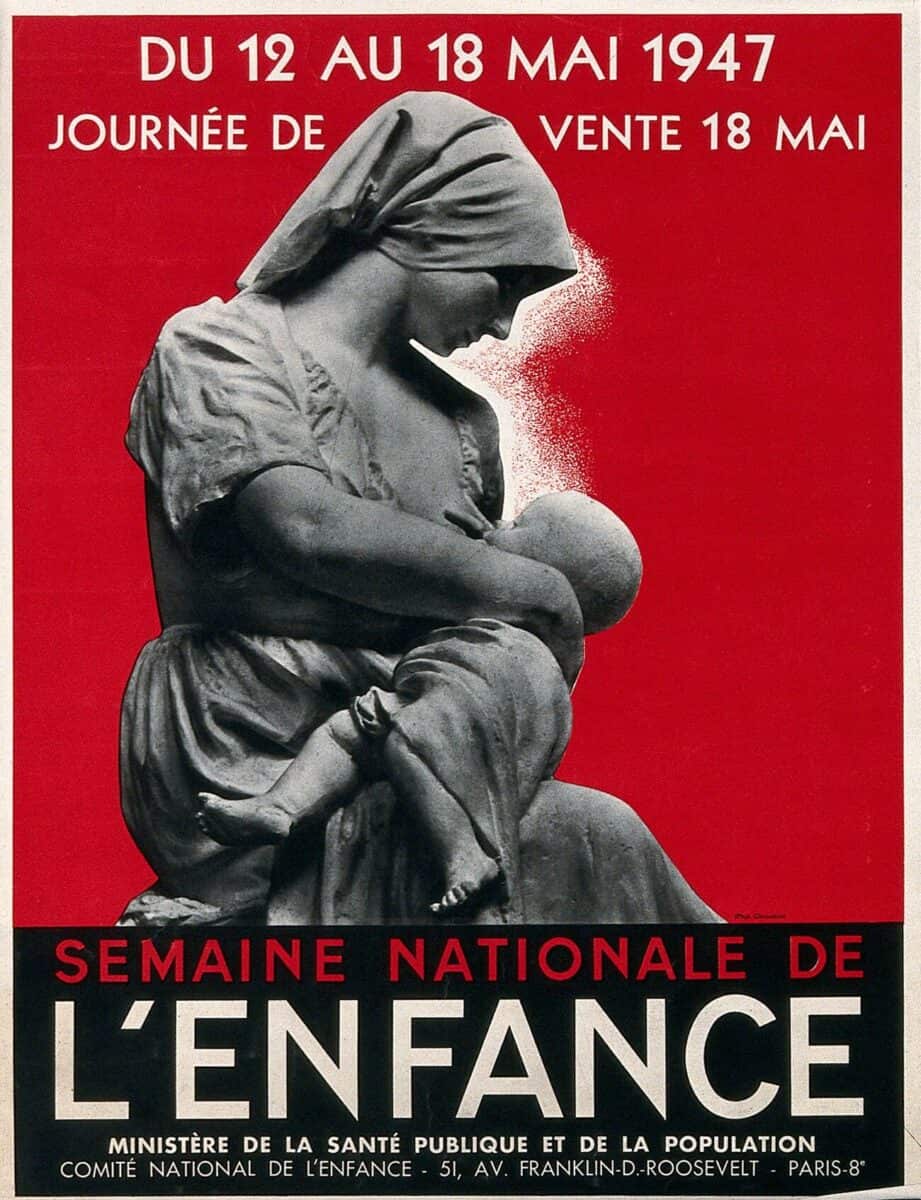
The exhibition will examine how milk came to be considered a staple of diets in the United Kingdom. Advertising from the 1920s to present day will show how ideas of purity and safety are central to milk’s commercial identity, while a late 19th century print from the temperance movement shows how milk has been drawn into the campaigns of social reform.

Lucy + Jorge Orta’s Milk, a series of 16 cast and lacquered aluminium milk containers, will show how people around the world encounter milk as part of their everyday life. Also included are a selection of colourful printed milk bottle tops from the 1940s, which show how companies conveyed their brand and messaging with almost religious zeal. Express Dairy’s glossy promotional film The Daily Round shows how dairies sought consumer trust by emphasising the scientific rigour of their laboratories;and Marcel Broodthaers’ The Farm Animals (1974) hints at the ways in which cows have been industrialised for optimum efficiency.
From early 20th century formula milk sample tins supplied to doctors by companies such as Glaxo, to the first dietary guidelines produced by the British Medical Association with illustrated daily menus, this exhibition will examine how milk has been used to exert power as well as to provide care. It will show how milk drinking was constructed as a modern practice, and why it came to be seen as essential to a healthy diet.
Milk will explore personal experiences of nursing and infant feeding, including Ilana Harris-Babou’s video installation, Let Down Reflex, which uses first-hand testimonies from her mother and sister’s experiences of breastfeeding to consider the complexity and intimacy of black motherhood. Julia Bornefeld’s large-scale hanging sculpture reimagines the maternal body to reflect on the fraught relationship between care and milk extraction. As human milk becomes commercially available, a new commission by Jess Dobkin will explore how we negotiate the regulation, politics and ethics of its sale.
Milk has been used as a tool of empire and nationalism due to its long-standing associations with purity and whiteness. Powerful marketing campaigns used images of white, nuclear families as the face of milk, while the abhorrent theories of well-known eugenicists, such as Herbert Hoover, sought to make connections between the purity of ‘natural’ milk and ideas of social purity. Newly commissioned for this exhibition is Danielle Dean’s White, an animation reflecting on dairy farming as a colonising force that has reshaped indigenous landscapes in New Zealand.
Government pamphlets and propaganda from the 1910s to the early 2000s will showcase how milk has played a central role in people’s diets and in national welfare and food programmes. One such example is Ronald Reagan’s ‘Government Cheese’ assistance programme, created following the US government’s purchase of surplus dairy supplies, in which five-pound blocks of processed cheese were distributed to welfare beneficiaries. It became a marker of poverty and class and an infamous popular culture icon. Leo Hallam Dawson’s documentary DAIRY will explore the relationship between contemporary farming, food, government and sustainability while inviting visitors to reflect on the values on which our food systems are based.
Milk, 30th March – 10th September 2023, Wellcome Collection
Milk is curated by Marianne Templeton and Honor Beddard is free to visit & will be accompanied by a programme of events and online Stories.
